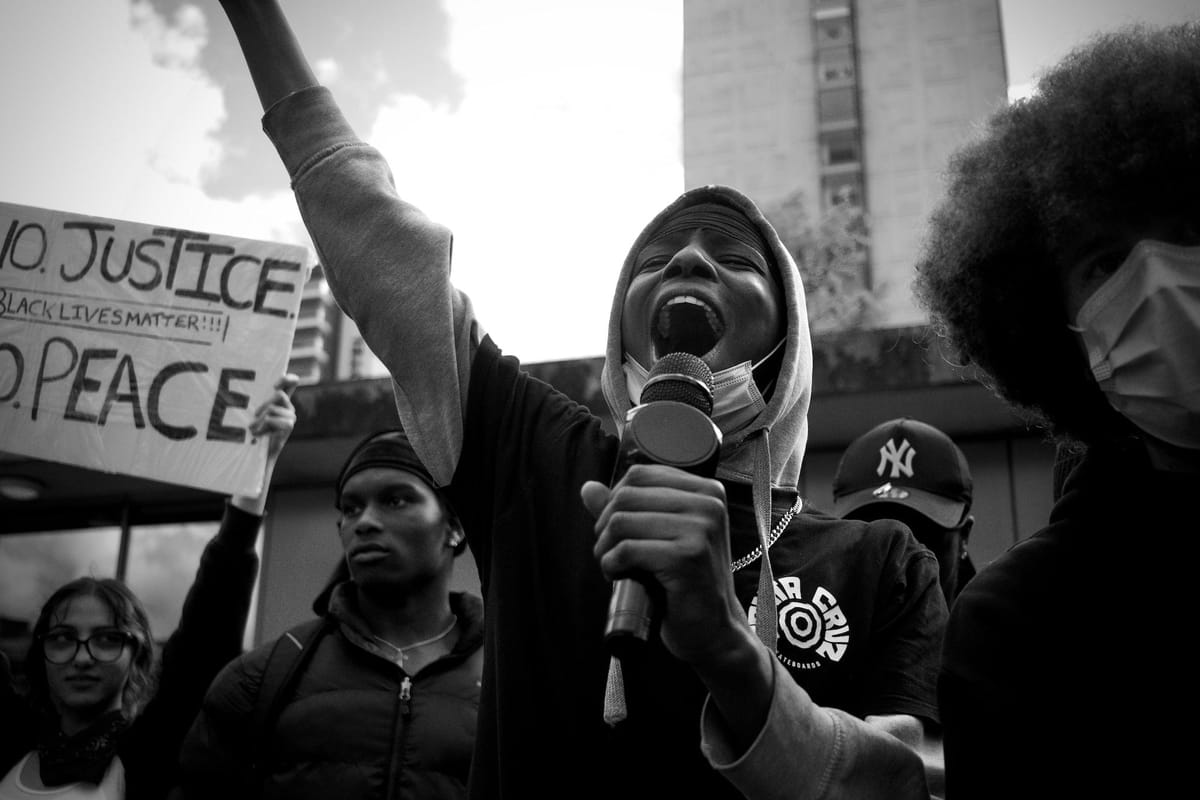How to Undertake Conflict Resolution and Its Importance
Delegation is crucial in conflict resolution as it interfaces work and flexibility. Most of the conflict in organizational settings emanates from specific task deliverables.

What is Conflict Resolution?
Conflict resolution refers to the various approaches and attempts that can be made by leaders, entities, or individuals as a way to resolve and manage conflict. Conflict or strife occurs when several individuals, entities, groups, ideas, worldviews, cultures, or societies disagree on matters or issues, leading to strained relations and tension between the various entities. Conflict is part of life, and even as individuals, we have faced and can expect to face conflict in various capacities and stages in our lives.
The Stages of Conflict
Latent Conflict
In this stage, conflict is anticipated. In most instances, we can anticipate conflict when we think we will disagree with various individuals or entities and the different ways they approach certain functions or roles. For example, if one breaks a rule, they can then anticipate conflict with those tasked with enforcing that particular rule.
The latent stage is the initial stage of conflict, and the best approach to avoiding taking the conflict further is to essentially do all that can get done to avoid engaging in further escalation. In this case, that would be not breaking any rules in the first place. Additionally, apologizing when one has already gone against what becomes expected of them. All individuals should be keen to learn what becomes required of them, and entities should have clear, concise, and well-documented guidelines or instructions for interacting with their organizations.
Perceived Conflict
Perceived Conflict is the stage of conflict where there is awareness of the existence of a conflict even though not outrightly expressed. At this stage, the conflict is no longer only anticipated but also existent. There is conflict at this stage, and the individual or entity is on course to clash with the individual or entity they are in conflict with. Perceived conflict is the second stage of conflict. In our example, after breaking the rule, the individual has triggered a response from the enforcers of the rule. Consequently, they are on course to reprimand him or her. The best approach at this point is to confront the problem by either reporting oneself, admitting to breaking the rules and asking for leniency or offering to resign, for example.
Felt Conflict
At this stage, conflict is out rightly felt and has a ripple effect on those affected. It is the third stage of the conflict, and here, both the individual and the entity or individual they are in conflict with, suffer the effects of the existence of the conflict. For instance, they could fail to work in tandem due to conflict, and this would limit their productivity. In my example, the individual who broke the rule suffers interruption in their day-to-day activities and is at the point where the conflict is inflicting on their productivity or how well he or she can undertake day-to-day activities.
Manifest Conflict
Manifest Conflict refers to over-boiled conflict. It is the fourth and last stage of conflict where the conflict has become so big that it is observable and is a big deal in terms of how the conflicting entities relate to one another. Using my example, the individual can no longer work or undertake their daily activities due to the conflict.
It means that out of breaking the rules, they are unable to work, and this can become manifested in being sacked, suspended, or choosing to leave by themselves. At this stage, the conflict has to be resolved for operations to resume. Alternatively, the conflicting entities have to find alternatives in terms of work or departments within the same institution.
Resolving Conflict: The Process of Conflict Resolution and Why It is Important
Conflict Resolution is a process that requires communication, compromise, patience, and emotional intelligence. The thing to remember is that there were differences in the first place that led to the conflict. Moreover, some differences will still be there even after the dispute gets resolved. Conflict resolution is important because it removes the hurdles that conflicts may pose in productivity and work.
Accommodating Varied Viewpoints as Part of Resolving Conflict
Instead of trying to eliminate said differences, the best approach would be to accept and appreciate these differences as strengths for particular individuals or entities. For instance, if the individual broke a rule due to disagreement with the rule itself, or with the enforcers of the rule, their view should be listened to and respected.
As such, his or her opinion should be factored in the next time rules are being created or reviewed. For instance, if in an organizational setting the company sets the morning reporting time to be 8 am and some individuals feel that it is inflexible, it would be wise to shift reporting time to 8:30 am when most employees report to the office anyway. By allowing the thirty-minute window, the organization relays a message of understanding to the staff, and they can feel listened to and understood.
Delegation in Conflict Resolution and Why It is Important
Delegation is crucial in conflict resolution as it interfaces work and flexibility. Most of the conflict in organizational settings emanates from specific task deliverables. When bosses feel that they can trust their subordinates and delegate work to them, there is less conflict. On the other hand, when bosses feel that their subordinates are incompetent and cannot get delegated, there is a lot of conflict. The employees may feel that they are not trusted or not seen as capable of undertaking challenging or vital tasks.
Delegation as a Means to Show Trust in Employees and their Capacity to Handle Problems
In turn, employers may also feel that the workforce is letting them down. Delegation allows management to allocate tasks that they would otherwise undertake themselves to their juniors. It acts as a show of trust and confidence when employees are delegated as they feel that they are seen and appreciated as capable of tackling even the most challenging or important tasks. Employee productivity becomes bolstered by delegation, and there is less conflict between various leaders and their followers. Delegation also increases the capabilities of employees and their independence in task performance.
Do you delegate tasks? Why or why not?
What is Mediation and What Role Does It Play in Conflict Resolution
Mediation is when the parties in conflict come together to discuss their dispute and to untangle the situation to find the various friction points. When these friction points get found, the parties can then chart a way forward. For instance, in a workers’ union meeting with employers, mediation would act as a way for the unions to indicate to employers what workers are complaining about and what can get done to better their situation.
Timing Mediation Correctly to Help Resolve Conflict Before It Gets Out of Hand
Mediation should not only get done when conflict has reached the manifest stage and should get done in the latent phase. As such, instead of waiting for employees to go on strike, employers should invite workers’ unions to the table for mediation when they get wind of complaints or underlying issues.
When companies fail to realize that their employees are facing problems, then their systems of communication are amiss. Mediation ensures that all parties get listened to. Additionally, there is an understanding of the causes of the conflict, the conflict itself, and what can get done to alleviate it. Negotiation in conflict resolution refers to mediation as part of conflict resolution in organizations.
Support as a Way to Resolve Conflict
Support is another way to resolve conflict where the conflicting parties can ensure that despite the conflict, they support one another and focus on their shared goals. When conflicting parties are in a position to support one another to meet their common goals, they allow themselves the goodwill to come together, communicate, and find a lasting solution to the conflict. Support is crucial in organizational settings where the employees can effectively undertake their roles and avoid conflict if they feel that they are adequately supported.
Support via Cooperation and Why It is Essential in Conflict Resolution
On the other hand, when employers and managers feel that their employees support them and the vision of the company, they can sufficiently undertake their management and supervisory roles. Even when it comes to interpersonal conflict, support is crucial as part of conflict resolution skills and strategies. Having the ability to support one another even when in conflict can solidify interpersonal relationships and exude trust and responsibility. Support also bolsters innovation and productivity.
Conflict Management and The Role of Management in Conflict Resolution
Leadership in conflict management is crucial to human resources' conflict management as it is the leaders who exemplify the ideals and values of an organization. When the leaders themselves have a conflict of interest in a particular matter, they should take a step back or recuse themselves from handling the specific subject or involving themselves directly. Such action acts as an excellent example to employees, and they can avoid conflict by undertaking similar activities whenever there is a conflict of interest.
Conflict of Interest Training to Assist in Conflict Management
Leaders are best poised to ensure that their employees undergo conflict of interest training and also training on how to manage conflict effectively. Conflict is part of human nature, and the culture of an organization should foster conflict resolution and management from top to bottom.
Communication is a massive part of conflict management and can act to avoid conflict altogether. When entities and individuals communicate effectively, they can share their ideas, views, and opinions in a way that bolsters cohesion and collaboration.





